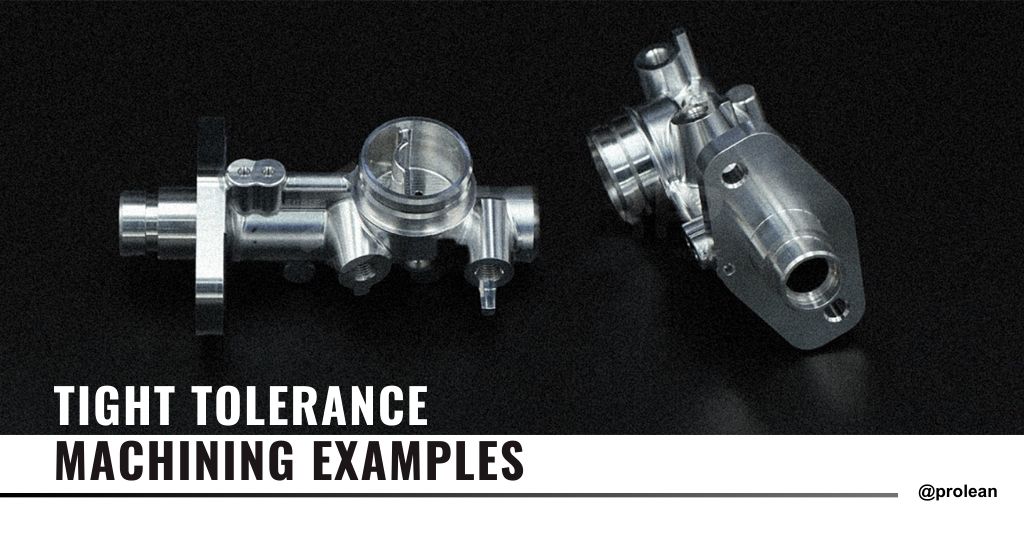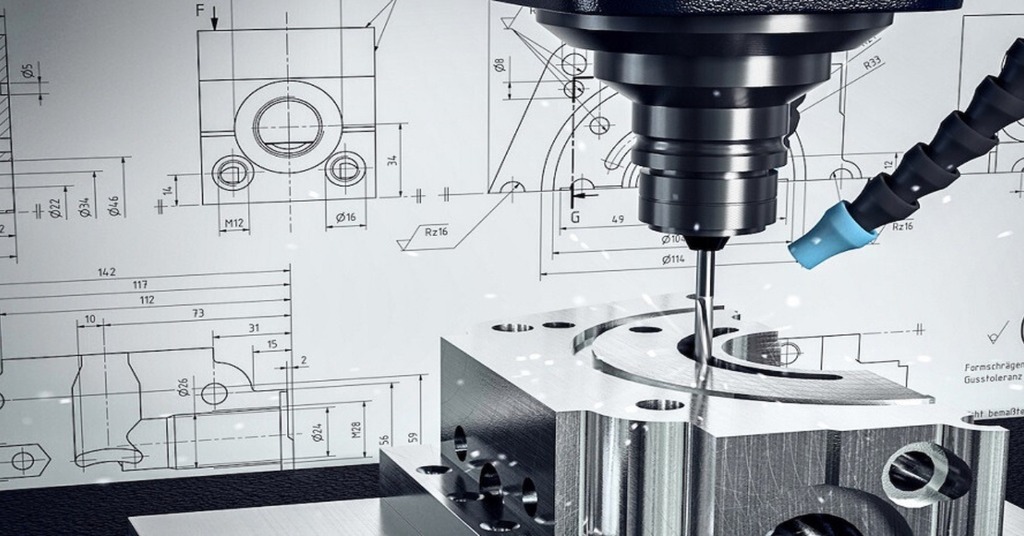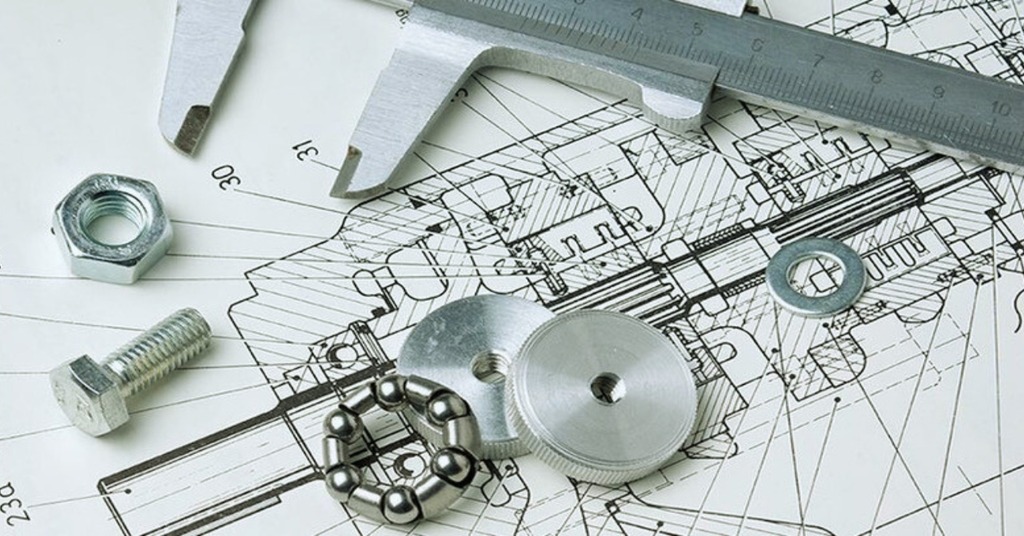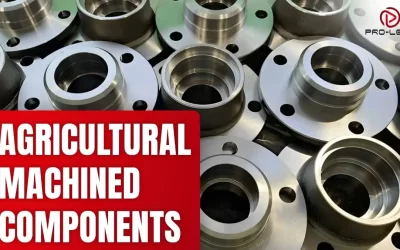“Tight-tolerance machining is the precision measurement required to produce a part. This machining technique focuses on accuracy, ensuring smooth surfaces, and all other requirements for performance standards.”
 The process of machining has undergone significant changes, especially after the introduction of technology. One parameter that technology highly influences is tight tolerances machining values.
The process of machining has undergone significant changes, especially after the introduction of technology. One parameter that technology highly influences is tight tolerances machining values.
In machining, tolerances are crucial to consider as it determine the properties of the product engineers aim to manufacture. Therefore, companies target the best type of tight tolerance machining as it plays a major role. To fully understand the concept, consider it as the limit or extent to which manufacturers can reshape the final product.
This blog will present a complete guide to tight-tolerance machining with industrial applications and use cases.
What is Tolerance Machining?
Machine tolerance, as the name suggests is the possible limit till which a variation in geometry or dimension can match the ideal blueprint.
Understand it as the depiction of accuracy in any process of manufacturing. Reaching perfection is difficult to achieve in every process as there are many constraints along the way.

CNC Machining Tolerances
In the context of tight tolerance machining, the values of tolerances or “limits” can never be zero. But there are many techniques, thanks to technology, that bring the machine tolerance value to a minimum.
One such approach is CNC machining which helps engineers achieve the best possible values when it comes to tight tolerance machining. Manufacturers measure these values in the format of ±0.x. This is the standard syntax for determining tight machine tolerances.
Related To: Tolerance in CNC Machining
Try Prolean Now!
How to Calculate and List Machining Tolerances?

Calculation of Tighter Tolerances
There are different factors to consider in tight tolerances machining practice that contribute to the end product. Here are some of the core concepts that help engineers calculate tolerances.
Basic and Actual Size
There is a difference between the basic size of a part and the actual dimensions of the final product. The basic size comes from the blueprints, and manufacturers are aware of certain tolerances. In contrast, the actual size is not a theoretical value as it is the finished part. Engineers aim to bring the basic and actual size as close as possible.
Deviation
It is the variation in sizes that is allowed from the basic size. Deviation has two bounds which are types of the maximum allowed size upper and lower limits. The general formula for calculating these deviations is:
Upper = Upper Limit – Basic Size
Lower = Lower Limit – Basic Size
Datum
In tight tolerance machining, the concept of datum comes from different types of geometric dimensioning areas.
Limits
As the name suggests, limits are allowed dimensions of the part. Here are also two types the upper and lower limits. These limits determine the usability of the part. For instance, if the part exceeds the maximum allowed dimension, called the upper limit, or it recedes the minimum allowed dimension, i.e., lower limit, the component is rejected for real-life use.
Industrial Examples of Tight-Tolerance Machining
In the industry, several types of tight tolerances standards are observed as a part of the machining process. Here are some of the most prominent industrial examples of tight-tolerance machining.
Standard Machining Tolerances
One of the most common types is standard machine tolerance which is approximately ±0.005 and is used for most fabricated parts today. The range of standard machining tolerances is ±0.005 and goes up to ±0.030. This range of values helps engineers to apply the different tolerance levels to their manufacturing processes.
The most industrial processes that fall in the range of standard machine tolerances are CNC machining, 3D printing, engraving, and gasket cutting. All of these processes have different values of standard machining tolerances that are in between the range mentioned above.
Smallest Micro Machining Tolerances
The next common industrial tolerance in the list is micro machining tolerances which are extremely tight and are beneficial for the manufacture of micro parts. The overall range of micromachining tolerance lies between ±0.001 to ±0.005.
However, specialized manufacturing applications of tolerances can also go beyond the use of advanced technology and modern equipment. This is called high precision machining tolerance and can become as tight as ±0.0001.
It is important to mention here that different factors can influence the values of micro-machining tolerances such as the material property, tool precision, and most importantly the stability of the workpiece.
Micro EDM Tools
In the smallest micro machining tolerances, the tools that help in achieving these tight values play a crucial role. For instance, the electrical discharges or sparks from mills, drills, and abrasive particles impact the machining process. The use of high-precision tools allows high-resolution feedback which is integral for accuracy.
Femtosecond Laser Machining Tolerances
Laser machining tolerances are mostly common for industrial applications where components need to be as precise as possible. In the list of tight tolerance machining femtosecond laser machining offers unparalleled levels of precision values.
These values can go down to ± 0.00004! In this type of tight tolerance machining, engineers use ultra-fast lasers to eradicate the access material from the workpiece. It is a touchless process that offers extreme levels of precision and has even fewer constraints compared to micromachining.
One downside of laser machining is speed. It is much slower compared to other techniques and is reserved only for fine feature requirements of expense products. Engineers do not recommend using this method for bulk material removal.
Before You Choose Tight Tolerances – Read This
Tight Tolerances provide high levels of precision and accuracy in the manufacturing of products. However, it is always necessary to learn the proper utilization of technology before using it. Different factors manufacturers have to address before choosing tight tolerances. Some of them are mentioned below.
Application Costs
The more precise the technique, the higher the cost of its implementation. For optimal cases, it is best to choose the right tolerances for specific products instead of choosing the absolutely precise ones as they can skyrocket the expense charts within the budget. One rule of thumb is to find out the acceptable range of tolerances for the end product before choosing any specific technique.
Material Dependency
The nature of every material surface behaves differently and has unique levels of roughness. For instance, natural stone has a smooth surface which causes smaller aberrations within the material. These changes in the material’s nature impact the precision of the machining process. The nature of the material depends on several factors such as heat, conductivity, and environmental conditions they are put in.
Choice of Machining Methods
Different machining methods offer different levels of accuracy to the final product. In general, CNC machining is a widely used method that provides tight tolerances with high precision. Other methods such as laser cutting and micromachining can significantly impact the tolerances. Therefore, manufacturing engineers design the project accordingly.
Try Prolean Now!
Get Prolean’s Helps To Achieve the Right Machining Tolerance
Prolean is here to help businesses with all the technicalities of modern-day machining. Dealing with tolerances and other factors can become a headache most of the time and we ensure to take out this issue with our best-in-class machining services.
Pro-lean provides a team of experts that transform CNC machining using the latest techniques and equipment. This takes business manufacturing of diverse products to the next level, ensuring the best possible use of machining tolerances in real-time. By choosing Pro-Lean’s CNC machining services, manufacturers can create rapid prototypes and production parts in no time.
Contact us today to get the best possible machine tolerance specific for your use-case or talk to an expert to get your parts ready in days. Send us your query to get an instant quote.
Read more:
- Technical drawings: Its Significance in Manufacturing
- Precision Measurement In Manufacturing: A Closer Look At CMM Machines
- Exploring Precision Trophies Through CNC Machining
- Navigating The Precision of ISO 2768: A Guide To Standard Tolerancing
Summing Up
Tight tolerance machining provides a high degree of accuracy to products. These are crucial in refining the result for any product and can lead to better quality outcomes. Tight tolerance machining techniques are widely used across the manufacturing industry to produce various parts with precision.
These smallest values play an indispensable role in the manufacturing process and cannot be neglected. From standard machining tolerances to laser cutting, the choice matters, and as technology evolves, the future of tight machine tolerances looks even more refined than ever. Ultimately, the benefits of using tight tolerances are unmatched but need careful evaluation as they come with higher costs and implementation complexities.
FAQs
Q1. Which is the most difficult machining tolerance to achieve?
In CNC machining, it is challenging to achieve tight positional tolerances such as concentricity or parallelism due to the precision constraints of various features.
Q2. What are the most common machining tolerances?
CNC machining, 3-axis CNC milling, CNC routing, Engraving, Gasket cutting, and 3D printing are some of the most common machine tolerance techniques.
Q3. What is precision vs accuracy in tight tolerance machining?
There is a difference as precision refers to the close agreement of variation in dimensions while accuracy indicates the closeness to the final manufactured component and its measurement as per standard specifications.
Q4. How to achieve the best outcome using the micro-machine tolerance technique?
Using the latest tools in the market can help manufacturers achieve the best.




What do you think how small tolerance can i achieved with CNC for injection mold cavities? The mold is small sizes ( approx. 20 cm x 15cm).
If you combined CNC with EDM for the mold manufacturing, you can easily achieve the tolerance of 0.001 to ±0.005 mm